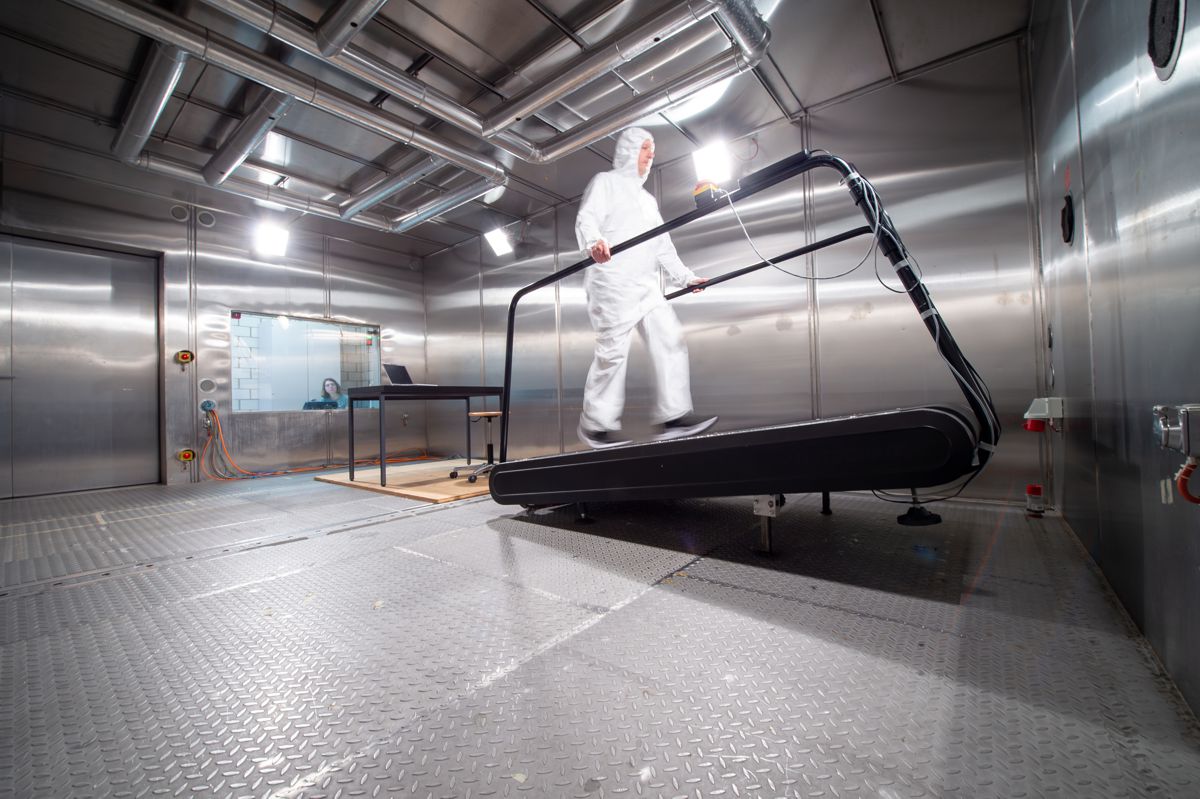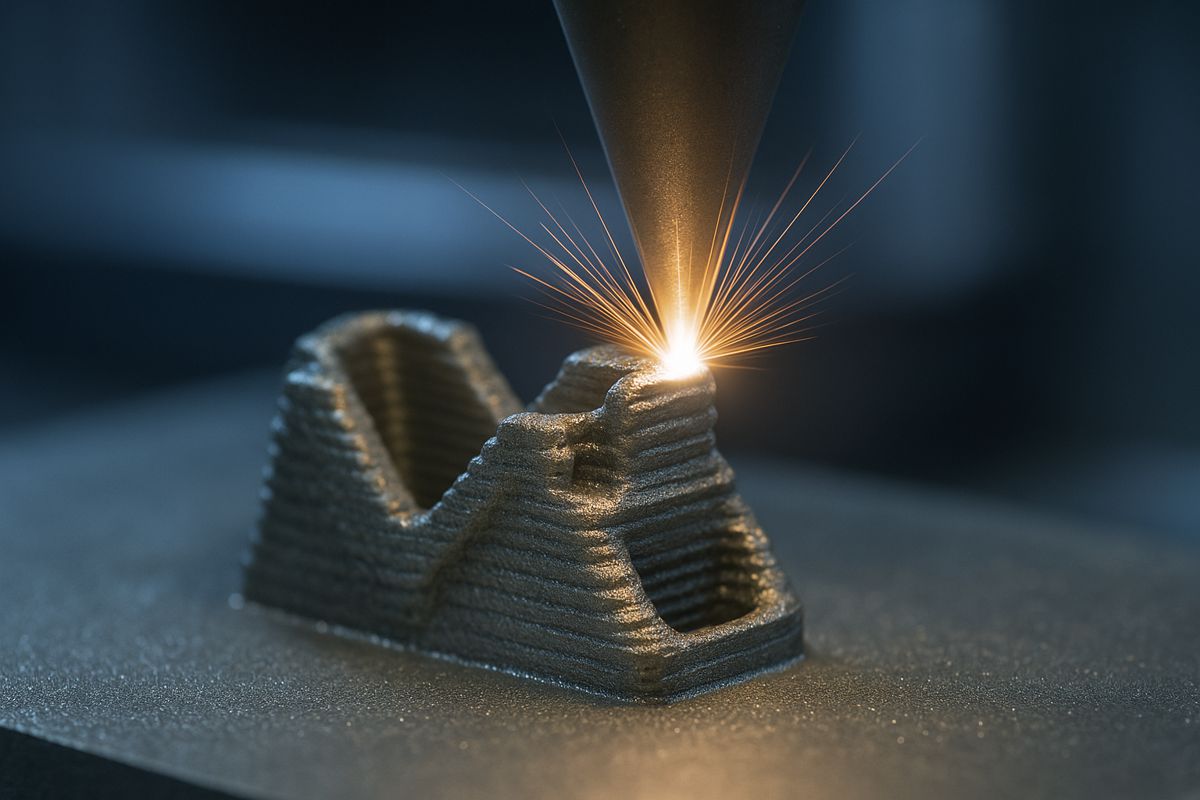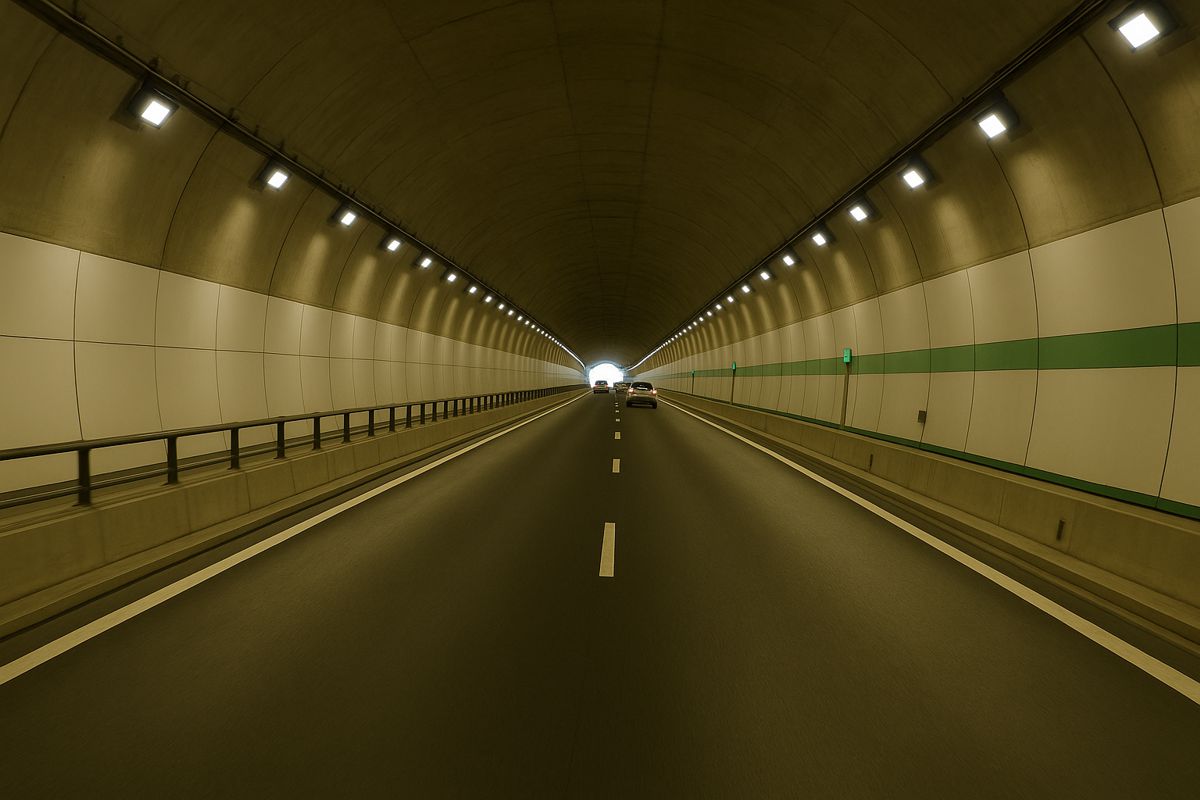Hitachi Rail’s Next-Gen Battery Innovation for Sustainable Trains
In an ambitious move towards greener, more efficient railways, Hitachi Rail has teamed up with Innovate UK, the University of Birmingham, and DB ESG to pioneer next-generation battery technology. This public-private collaboration aims to transform intercity and commuter trains with a new battery pack that is smaller, lighter, and more powerful than its predecessors.
The latest battery design promises a 40% reduction in size while delivering a 22% improvement in energy density. With these advancements, the project seeks not only to slash emissions but also to make trains more inclusive and cost-effective—a step forward for British innovation and global rail sustainability.
Advanced Battery Chemistry for Enhanced Performance
At the heart of this ground-breaking initiative lies Lithium Iron Phosphate (LFP) battery chemistry. By partnering with Sunderland-based Turntide Technologies, Hitachi Rail integrates cutting-edge automotive battery technology into the rail industry. This innovation doesn’t just improve power and efficiency; it also addresses critical design challenges for modern trains.
A smaller, more compact battery enables inclusive design by allowing for lower floors and level access at platforms, making trains more accessible to passengers with limited mobility. Furthermore, the reduced weight simplifies maintenance and retrofitting processes, streamlining operations and enhancing train efficiency across the board.
Leveraging Global Expertise for Local Impact
Hitachi Rail’s global experience is a key driver of this project. Drawing from successful ventures like Japan’s first passenger battery train and Europe’s Masaccio battery hybrid train, Hitachi is bringing its international expertise to the UK. These past achievements lay a solid foundation for adapting and optimising battery technology to meet regional needs.
The collaboration also extends to digitising battery solutions for rail. By utilising data-driven tools, Hitachi ensures optimal battery use, emissions reduction, and life-cycle management. This digital approach opens the door to innovative services such as “battery as a service,” customisable to specific customer needs.
Engineering Excellence: DB ESG’s Role in Battery Enclosure Design
DB ESG, a prominent player in railway technology, is leading the charge in designing the new battery enclosure. This includes integrating fire protection, cooling systems, and electrical connections. By building on insights gained from Hitachi’s intercity battery trials, DB ESG has optimised the enclosure for low-floor commuter trains, where space is a premium.
Nick Goodhand, Managing Director at DB ESG, highlighted the challenges and triumphs of the project: “Lowering the floor has halved the available space, but our design optimisations have enabled the required power capacity to be achieved.” This seamless integration of innovative design and practical application is a testament to the partnership’s engineering prowess.
Academic Collaboration: University of Birmingham’s Role in Innovation
The University of Birmingham’s Birmingham Centre for Railway Research and Education (BCRRE) plays a pivotal role in validating and optimising the battery technology. Using advanced railway simulations, BCRRE ensures the battery’s performance aligns with real-world conditions on UK routes, including the demanding railways of Northern England.
Professor Pietro Tricoli, a lead researcher at BCRRE, remarked: “This proposed project includes a comprehensive research programme aimed at optimising the design and usage of the battery when the train travels in non-electrified parts of the network. We will provide our expertise with railway simulations to investigate the routes for which batteries are the most effective in replacing diesel trains.”
This collaboration not only enhances battery technology but also strengthens the university’s research capabilities, benefiting future students and graduates in the field.
Funding Innovation: Public-Private Investment in Green Technology
With a total investment of £1.4 million, this R&D initiative exemplifies the power of public-private partnerships. Innovate UK’s co-funding ensures the project remains a beacon of innovation in the UK’s burgeoning battery sector. The partnership’s focus on sustainability, inclusivity, and skills development demonstrates a commitment to both immediate and long-term benefits for the rail industry.
Koji Agatsuma, Chief Technology Officer Vehicles at Hitachi Rail, underscored the broader impact: “This continuous improvement means we are always working on the next generation of smaller and more powerful batteries to reduce cost on railways by negating electrification infrastructure spend or removing diesel engines entirely.”
A Global Vision for Sustainable Rail
Hitachi Rail’s ambitions extend beyond UK borders. With plans to roll out the EuroMasaccio battery hybrid train in Europe by 2026, the company is well-positioned to lead the global shift towards greener rail systems. The integration of Thales’ Ground Transportation Systems further strengthens Hitachi’s capabilities, enabling innovations like SelTrac™ signalling technology, which already supports over one million passenger journeys daily in London.
By combining technological expertise with a commitment to sustainability, Hitachi Rail is setting a new benchmark for the rail industry worldwide. Their approach—a blend of cutting-edge research, global collaboration, and local innovation—illustrates how public and private sectors can unite to tackle the challenges of modern transport.
Paving the Way for a Greener Tomorrow
This pioneering project doesn’t just showcase what’s possible; it highlights a roadmap for future advancements in rail technology. With lighter, more efficient batteries, inclusive design solutions, and a focus on sustainability, Hitachi Rail and its partners are driving the rail industry into a cleaner, more connected future.
By leveraging global expertise, fostering academic innovation, and investing in cutting-edge technology, this partnership demonstrates that the future of rail isn’t just about getting from point A to point B—it’s about doing so responsibly, efficiently, and inclusively.




















